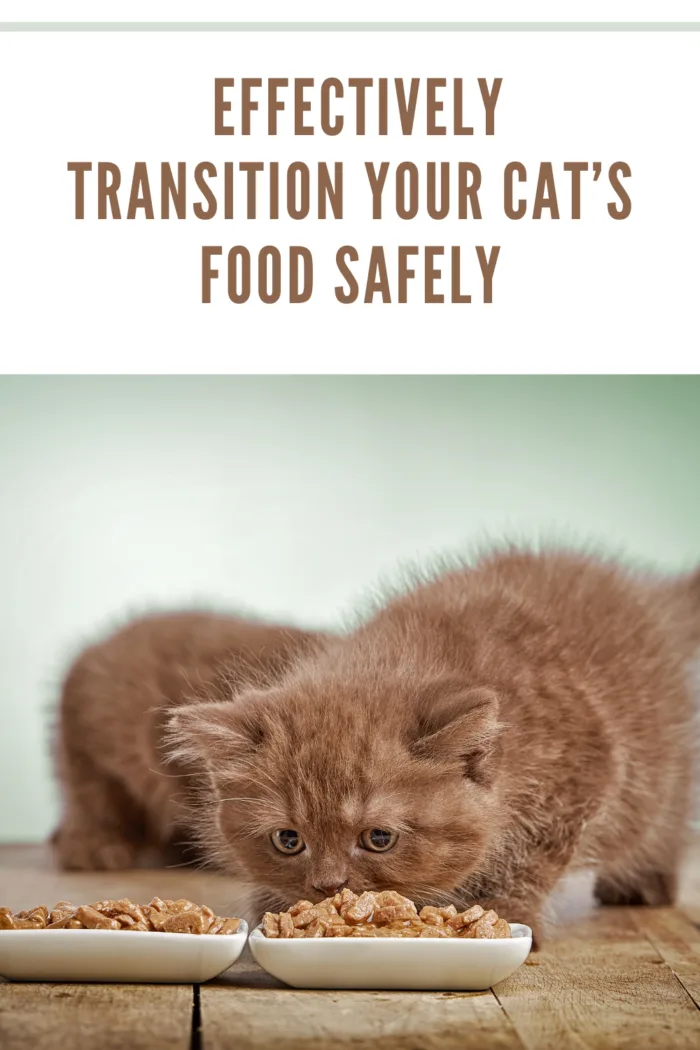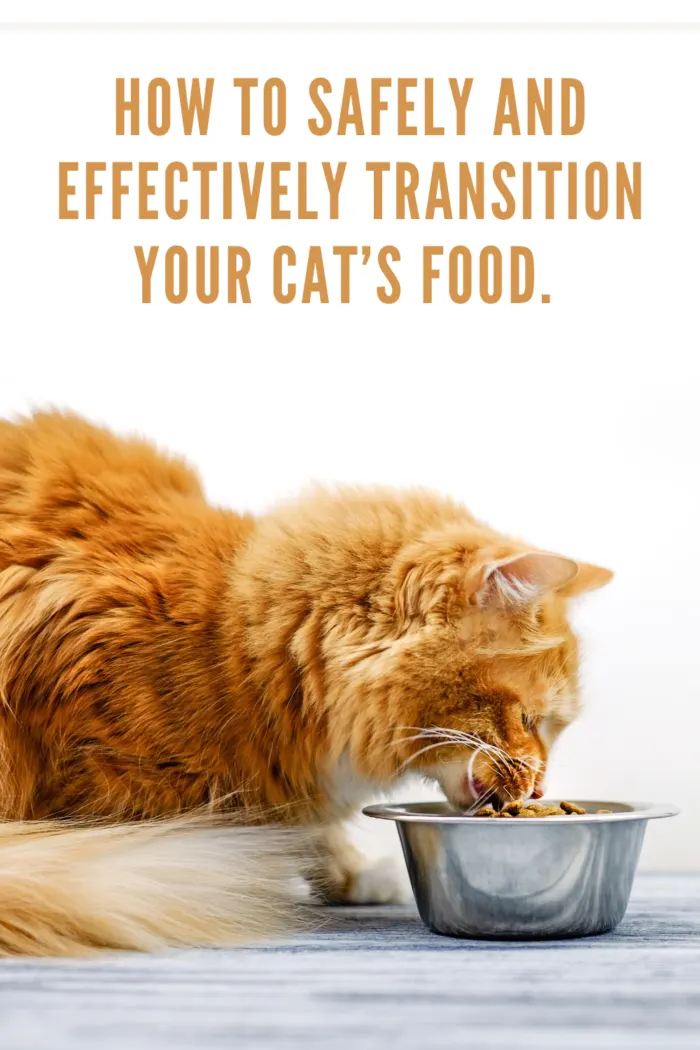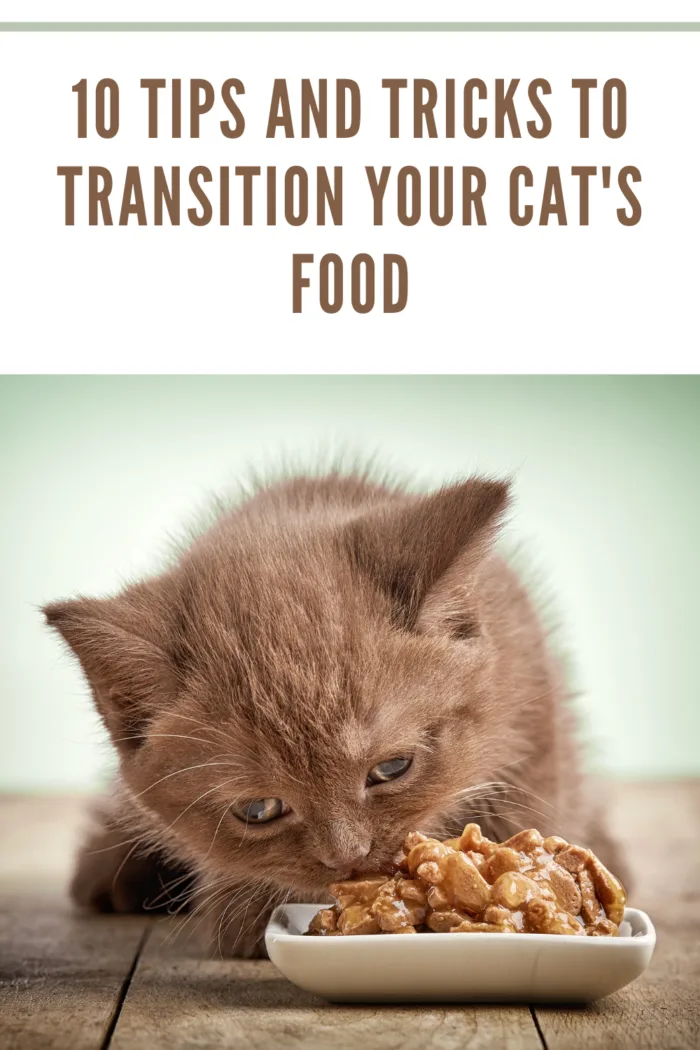Transitioning Your Cat’s Food: A Smooth Shift for a Happy Kitty
Transitioning your cat’s food might seem like a tricky task, but with the right approach and a little patience, you can ensure your feline friend embraces their new diet with enthusiasm. Whether you’re switching their food due to health reasons or simply introducing variety, these expert tips and step-by-step guidelines will help you navigate the process smoothly. From understanding your cat’s preferences to gradually adjusting their meals, this guide has all you need to make your kitty’s food transition a purrfect success. So, let’s dive in and make mealtime a delight for your whiskered companion!

Why Transition Your Cat’s Food: A Balanced Shift for Optimal Health
Transitioning your cat’s food is more than just changing what’s in their bowl – it’s a crucial step to ensure their overall well-being and digestive comfort. Cats are creatures of habit, and abrupt dietary changes can lead to digestive upset, tummy troubles, and refusal to eat. A gradual transition allows your feline friend’s sensitive stomach to adapt to the new nutrients and flavors, reducing the risk of digestive issues. Additionally, a well-planned transition can help prevent dietary aversions, ensuring your cat receives essential nutrients and maintains a healthy appetite. By taking the time to transition your cat’s food, you’re setting them up for a smoother adjustment and promoting their long-term health and happiness.
10 Tips to Help You Transition Your Cat’s Food
It’s important to transition your cat’s food slowly and carefully, as cats are creatures of habit and may not initially enjoy change.
Here’s how to safely and effectively transition your cat’s food.
-
Start With Small Changes
Begin with minor changes in the food to get your cat used to the new flavor. Gradually introduce the fresh food while continuing to feed the old food. Eventually, you’ll be able to switch over to the fresh food completely. According to Pet MD, switching to a new food can take approximately seven days.
-
Mix Both Foods
Start by mixing small portion sizes of the new and old food. As your cat adjusts to the unique flavor, gradually increase the ratio of the new food. For example, for the first 2 days, add ¼ of the new food to ¾ of the old. Add half of both food types for the next 2 days after that.
-
Increase Portion Size
Gradually increase the portion size of the new food over time. This will give your cat time to adjust to the new flavor and texture. If you don’t mix both foods (or you can’t), add a bit of the new food with treats they enjoy. Try taking away the extra treat in the next few days.
-
Include Toppings
Give your cat options by including toppings like kibble, fish flakes, and other treats in their bowl. This will excite your cat about the new food and entice them to eat. Do your best not to overfeed your pet. If you give them too much, they’ll get used to that portion and be hungry.

-
Use Wet Food
If your cat prefers wet food, try introducing different flavors or textures. Switching to wet cat food can help your cat adjust to the new flavor, as wet foods are more flavorful than dry. Introducing high-quality wet food is much easier than dry kibble or flakes.
-
Follow Up With Treats
If you aren’t giving your cat’s treats with the food, follow up each meal with a few treats or snacks to reward them for eating their new food. These rewards will create positive associations with the new food and make your cat more likely to continue eating it instead of the old food.
-
Don’t Force Feed
If your cat refuses to eat the new food, don’t force them to do so. You don’t want to make your cat have a negative experience when it comes to change of any kind. Not only will this make them more resistant in the future, but it’ll also make it difficult for them to trust you.

-
Be Patient
Transitioning your cat’s food is difficult, especially if they’re seniors, so don’t rush the process. Do it gradually and slowly, and be patient. If your cat isn’t interested in the new food, it’s possible that they don’t like it. Speak to your vet about another alternative to try.
-
Change Habits
If you’ve been leaving food out for your cat, consider changing this habit and feeding your cat twice a day instead. This will help them adjust to the new food more quickly and make mealtime more enjoyable. With that said, don’t change when you feed them, as that will cause stress.
-
Similar Shapes
Cats can be picky regarding food shapes. If possible, try to find a food similarly shaped to the old one. So if the food is stamped into stars, find another star-shaped food. Texture plays a big part in your feline’s comfort and food enjoyment.
